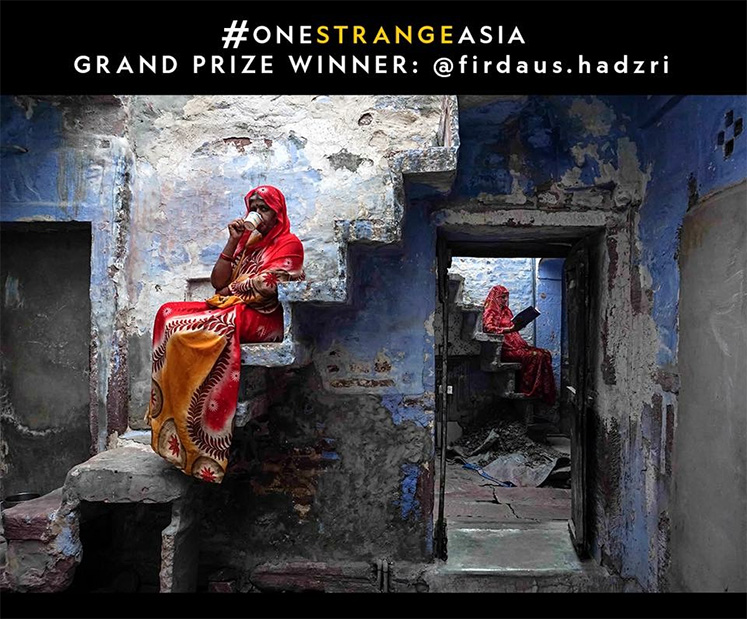USM PHOTOGRAPHER WINS NATGEO-ASIA PHOTO CONTEST

PENANG, 26 May 2018 – A Universiti Sains Malaysia (USM) Centre for Global Archaeological Research (PPAG) photographer, Muhammad Firdaus Mohd Hadzri zoomed himself to the top in the world of photography today. His entry has won the Grand Prize for the Fan Favourite category under the theme 'Life' in the One Strange Asia photo contest.
According to National Geographic Asia social media page, Firdaus was awarded a brand new Nikon D7500 camera together with a lens kit for his winning entry.
The guest judge from National Geographic Explorer, Prasenjeet Yadav shared his observations of Firdaus' photo.
"Hi all, I am writing from the Higher Himalayas, where I am working on a photo assignment and also looking at the images from #OneStrangeAsia photo contest."
"5 images have been selected as the fan-favourite winners for each theme, amongst thousands of photos uploaded and my job here is to pick one of them as the Grand Prize winner."
"After looking at all 5 images and giving them much thought, I decided to pick this image as the winner. There are many layers to this image which intrigues me. This image makes me wonder: What's that lady reading? Why is it that some of the doors are closed? From a purely visual perspective, I think the contrast of the colours (red and blue) is used very well in this image, along with the contrasting light," he said.
"Lastly, the frame within the frame, and the use of lines in the form of doors and stairs add to the composition and make this photo as the winner," ending his comment.
Text: Hafiz Meah Ghouse Meah
- Created on .
- Hits: 2434
